Peggy's Weather Report from Greyling Lake:
Time: 7:30 am Temperature: 11.2 C or 51.9 F Humidity: 58.8% Wind: 6.8 km/hr from West Clouds: Cumulus and stratocumulus Cloud Cover: 90% overcast Light level: 655 X 10 Lux Water temperature 9,6 C at edge Got up at 5:45 am and took down the tents and packed again, ready to go by 7 am. At 7:06 am a plane flew by and disappeared, never to return. While waiting we skipped rocks on the lake, then Chris made rock sculptures. This day a call on the satellite phone indicated that the pilot considered the conditions too windy to fly a loaded plane safely both yesterday and today. What I have learned here is that you can have a schedule but it will probably change for various reasons, but weather is the major one. We are at the mercy of the weather and may have to wait days to fly safely to our next destination.
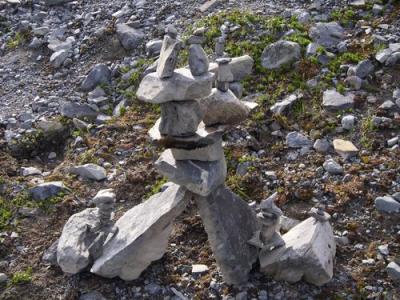
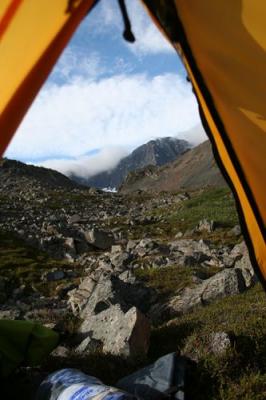
Since data collection was complete at this lake, we decided to hike the surrounding area. So we packed a lunch, layers of clothes, and bear protection and set off up the hill. These researchers are bike riders, runners, and major hikers. They moderated their typical pace for me, I’m sure. The surrounding hills were awash with flowers. Robin the Viking felt at home: glaciers, tundra, just like in Scandinavia and his home country, Sweden. Robin took a photo of the rest of us, left to right: Chris, me, Heidi, Caleb.
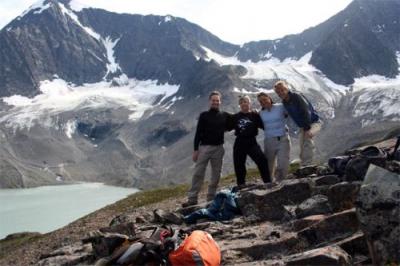
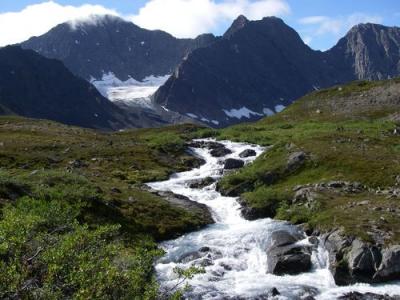
We had lunch overlooking the surrounding valleys, hills, and glaciers. Heidi challenged us to fill a water bottle full with blueberries. I had never picked blueberries before; it was tedious in a good way. We observed a variety of short flowering plants and berries while we picked. We had a contest; who could guess the number of blueberries in the bottle? I came closest at 4000!
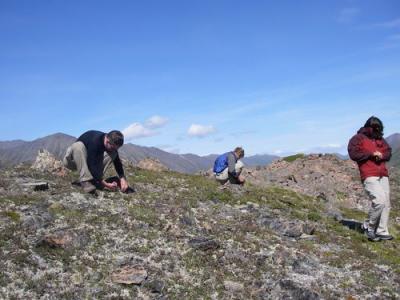
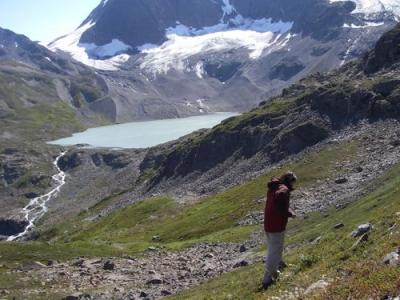
We continued hiking down the glacier to the lake closest to the glaciers. The landscape consists of low plant mats of moss campion, oxytrope, Arctic sandwort, and lichens. Besides the wild blueberries we picked there were red and black berry species as well. I was amazed to read that grizzlies pick blueberries one by one like we did! Plants in this habitat are covered by snow most of the year when the environment is very cold, and in the winter, very dark. Plants that grow above the snow are exposed to temperatures down to -70 F. Plants in the snow are protected from the extremely low temperatures and the winds. Even trees in the Arctic tundra look like short bushes because they cannot survive above the snow level in winter.
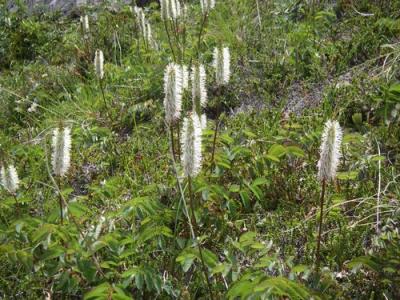
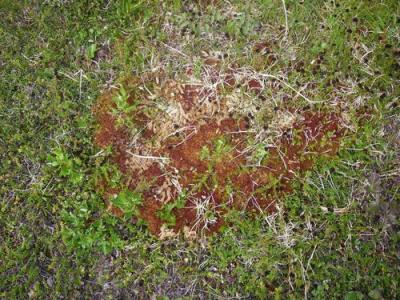
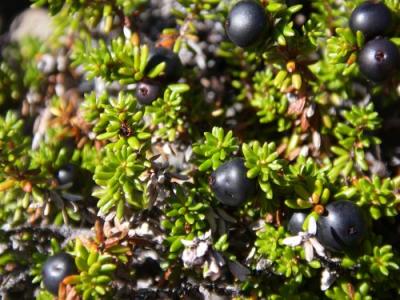
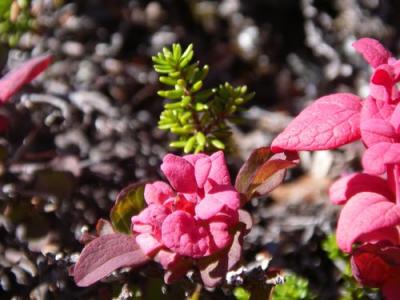
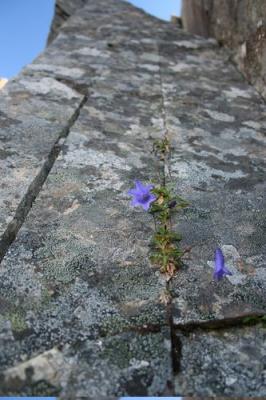
We returned and prepared dinner and settled down to our evening routine in the kitchen tent. Tomorrow morning we are doing a Webinar at the Global Learning and Observations to Benefit the Environment (GLOBE) Program International Conference at San Antonio, Texas via satellite phone. We will present a live-from-the-field report to the conference about our project while PolarTREC sends the slides through the web for the audience to view. So, Caleb and I went over our parts of the presentation after dinner. Off to our sleeping tents.
Note: Due to Peggy's limited computer power, pictures will be arriving when she has a good power connection again. Make sure to check back!

